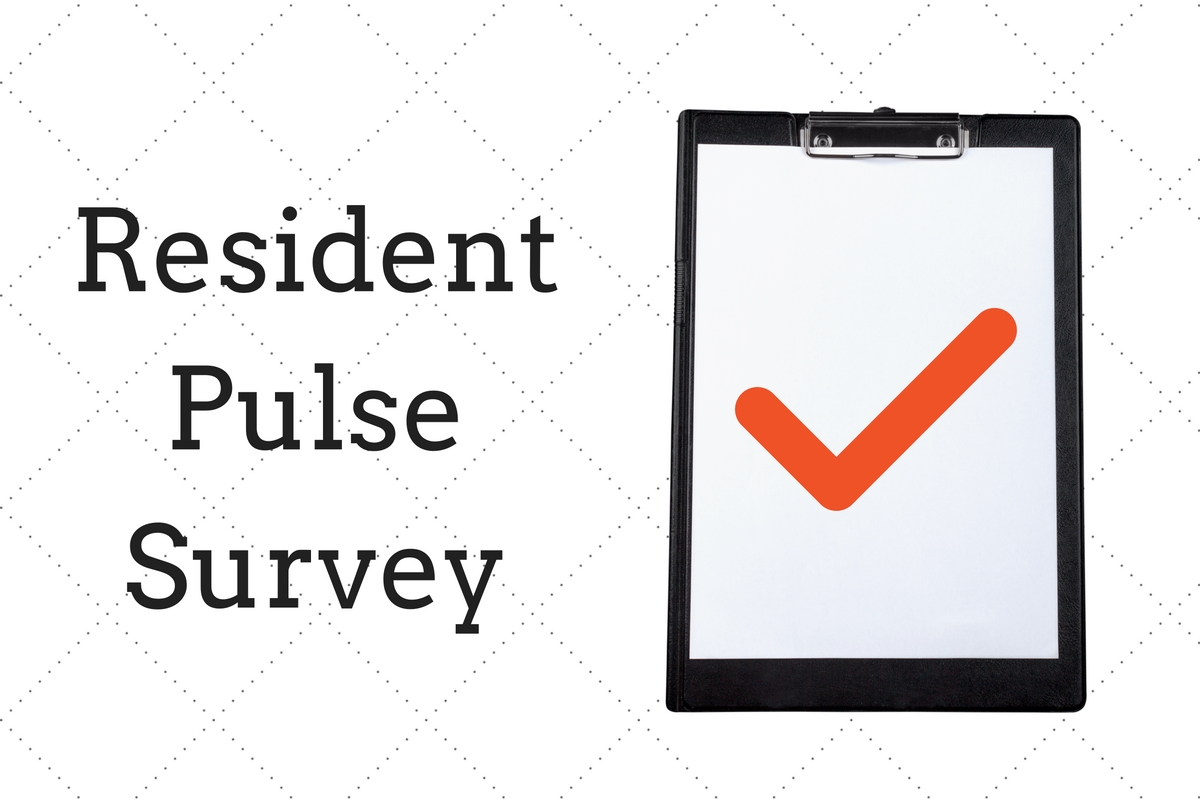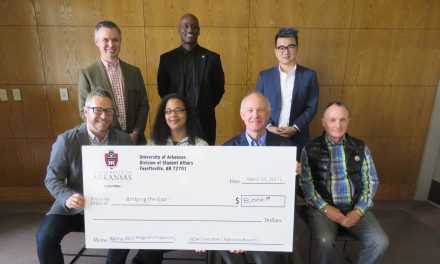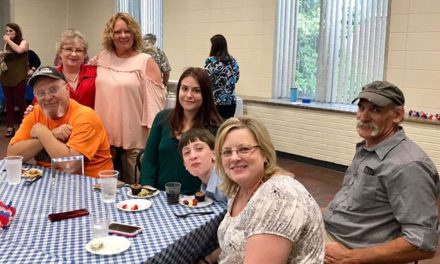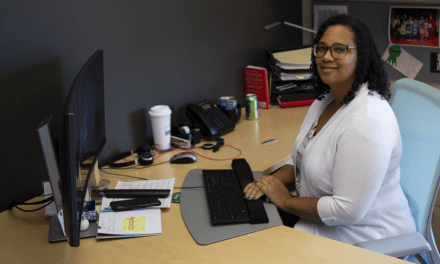Assistant Director for Research and Assessment
University Housing
The Pulse Survey is distributed by University Housing each fall in an effort to identify early trends in student’s housing experience.
The survey is made up of 8 standard questions and typically 3 to 5 additional questions that vary from year to year. It provides data upon which staff can make decisions and take action, if needed.
It covers a variety of topics, including:
- Hall cleanliness
- Noise concerns
- Program satisfaction.
In short, it is used as an early report card as well as an early warning system for each of the halls.
The survey is sent to a proportionally stratified random sample of approximately 2500 residents each fall. This means that a random sample of students from each hall is selected to complete the survey. The overall number per hall is based on the proportion of the on-campus population represented by that hall. For smaller halls, we over-select residents in order to ensure they have sufficient response numbers. This is a common sampling practice for small, often underrepresented populations. In addition, the sample is selected per floor to ensure that at least a minimum number of residents are responding for every floor of every hall.
This year, the survey ran between September 19th and October 14th. We attained fewer responses than in past years, with 26 percent (N=643) as our final response rate (This included about 75 additional students who responded to the survey by laptop kiosk, that had no personally identifiable information collected). The rate that we could track, however, based on those who responded by email invitation, was 23 percent (N=569). We are considerably confident, however, that the sample we obtained represents the on campus student body quite well. As shown in Table 1, in most cases the demographic characteristics of the overall respondents did not differ greatly from the total on campus population. The largest difference is seen in gender, where females are considerably overrepresented. The only other noteworthy difference between the population and the final sample was the slight overrepresentation of freshmen in the sample. These two variations should be kept in mind when reading the summary of the results.
What follows is a graphic and brief numeric summary of the survey findings. Eight areas of focus are presented in an infographic. These areas were chosen based on feedback from each unit of Housing. There has been some slight change in the wording of the questions over the years, but nothing substantial or that would make longitudinal comparisons unreliable.
The large majority, over 90 percent of all residents surveyed, are satisfied with the condition of their hallways, and the condition of their study environments. Over 80 percent of respondents felt that their RA was doing a good job at making them aware of upcoming programs hosted by University Housing or other on-campus organizations. Nearly three-fourths of all residents who responded experienced a satisfactory level of cleanliness in their bathrooms. Over two-thirds of respondents experienced a relatively noise-free environment and had a satisfactory experience with submitting and having their maintenance request fulfilled. Finally, less than half of responding residents had a positive experience with their wireless or wired internet connection.
The Good
Making sure our residents are safe, feel comfortable, and are satisfied with their on-campus living experience is a large part of the mission of Housing. Each year we excel in these areas, and this year was no different. In general, most students feel that they are living in a clean environment. This includes their hallways, study areas, and to a slightly lesser extent, their restrooms. While not to the same extent, the majority felt their room was a peaceful, noise-free place to live and study, and when they had a problem that required maintenance, a solid majority were satisfied or very satisfied with the timeliness and quality of work done.
The Not So Good
The degree of satisfaction regarding connecting to the internet is quite low. The majority were not satisfied with their wireless internet connection primarily because of dropped wireless signals, poor signal strength in general, or slow speeds when downloading or connecting to sites. Surprisingly, the same level of satisfaction exists for the wired internet connection experience. Yet, dissatisfaction was not the cause of low satisfaction numbers. We found that nearly half (43.0 percent) were not aware they had an Ethernet connection.
Summary
There is always room for improvement in any environment. While it seems that some aspects of the housing experience are highly satisfactory for the very large majority of our residents, other aspects of the experience are not as satisfactory. Noise has been a historically difficult issue to tackle. It is not always something under our control (e.g. construction close by). Satisfaction with maintenance is sometimes a matter of what is perceived to be a long time to have something fixed, rather than the actual time it took for repairs to be completed. We know this because very accurate logs of the jobs we do and how long it takes from time of request to time of repair or replacement completion are kept.
This doesn’t mean we can’t find ways to improve our process or our communication with our residents. We know that wireless internet connections are not at the speed or reliability of what students expect. But we also know that their expectations invariably come from years of near perfect experiences while living at home. We cannot reproduce their home environment. We can attempt, however, to help set realistic expectations and to inform our residents so that they have an understanding of what it takes and costs to provide better wireless access. Finally, while it may be common practice for us to include information about wired (Ethernet) connections on our websites, in formal documentation, or otherwise, it may be something we have to intentionally point out to them during the first week they are living with us, even if it is as simple as placing a door hanger on each resident’s door, alerting them to the fact that a wireless connection, for their laptops or similar computing devices at least, is not their only option for gaining access to the internet.
We will always have room to grow and improve. No two resident’s experiences are exactly alike, and no two halls provide exactly the same experience. Reviewing the survey results by hall and reading the comments that our residents have written about each part of their experience is one way to uncover specific areas or instances that led to dissatisfaction. These data are available upon request, and I am happy to explore the results with you.








Recent Comments